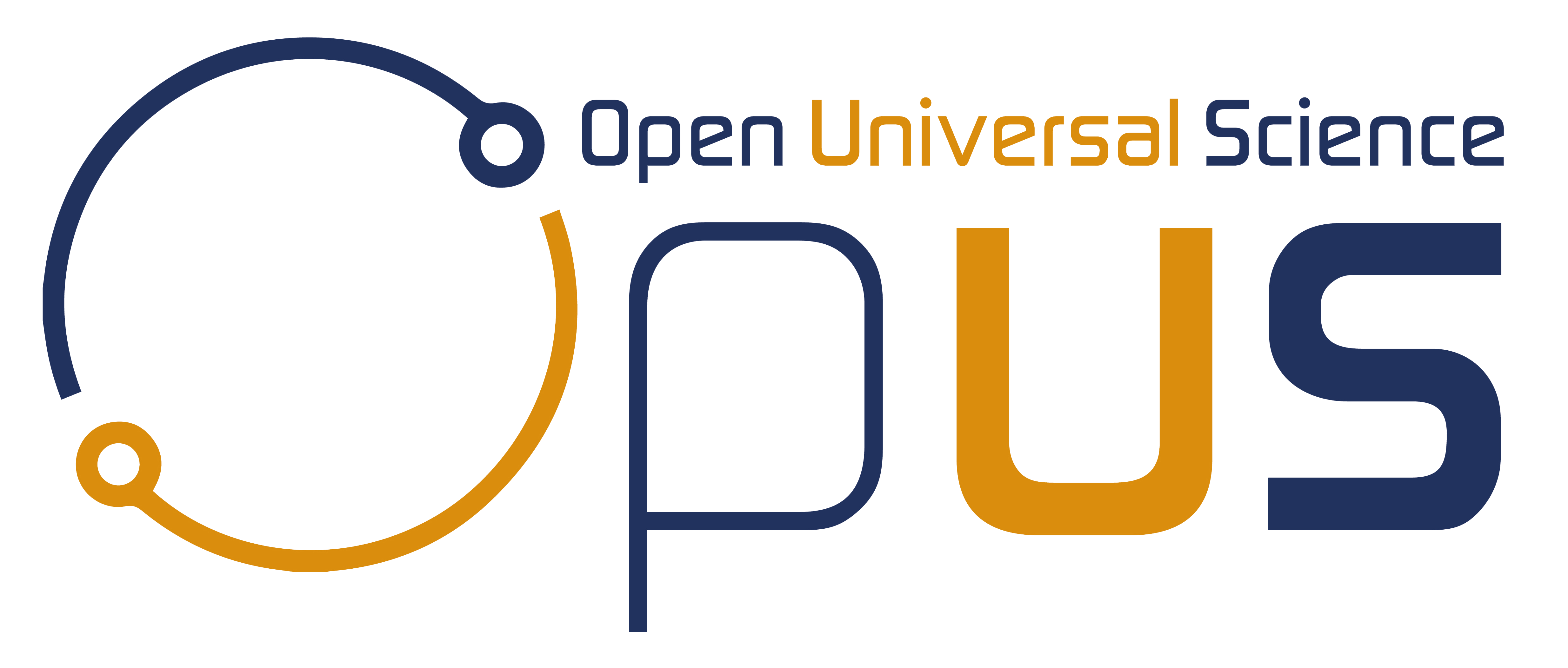
Structure Peer Review to Make it More Robust
Structure Peer Review to Make it More Robust https://opusproject.eu/wp-content/uploads/2024/04/1_YO8JPqPRQweSywKQvg5atg-1024x576.jpg 1024 576 Open and Universal Science (OPUS) Project Open and Universal Science (OPUS) Project https://opusproject.eu/wp-content/uploads/2024/04/1_YO8JPqPRQweSywKQvg5atg-1024x576.jpgTo bolster the robustness of peer review, it’s essential to introduce a structured framework ensuring consistency and thoroughness across manuscript assessments. This framework involves transparently posing a defined set of questions to reviewers, primarily focusing on methodological, analytical, and interpretive aspects of the submitted work.
Editors should furnish reviewers with these specific queries, prompting considerations such as the adequacy of method descriptions for reproducibility, the necessity of supplementary statistical analyses, and the alignment of authors’ interpretations with data and methodology. Constructive criticism should be provided where deficiencies are identified, and reviewers should declare any areas where their expertise might be lacking.
This structured approach allows for fair and comprehensive evaluations while alleviating reviewers from evaluating aspects such as novelty, impact, and linguistic quality, which can be handled by editorial staff or automated systems, thus optimizing reviewer workload.
Publishing the predetermined set of review questions on journal websites empowers authors to tailor their submissions accordingly. Moreover, full disclosure of review reports enables transparency and facilitates the study of peer-review practices, enhancing accountability and trustworthiness within the scientific community.
Demonstrating the efficacy of structured peer review, ongoing collaborations with publishers like Elsevier have shown promising results in achieving greater reviewer consensus and agreement on manuscript evaluation.
Encouragingly, more journals are adopting structured review practices, with some already implementing tailored sets of questions for specific study types. However, standardization remains a challenge, as differing journal standards can lead to inconsistent reviewer assessments.
It’s imperative to recognize the necessity for uniform quality control across scientific literature, akin to other industries’ safety standards. This entails adopting standardized review processes to ensure public confidence in research integrity and reliability.
Moving forward, the vision is for universal adoption of a common set of review questions across journals, coupled with full transparency in review reports. Such a unified approach is essential for advancing scientific progress and maintaining the integrity of scholarly discourse.
Photo via Aparna Nambiar
- Posted In:
- Open Science News

